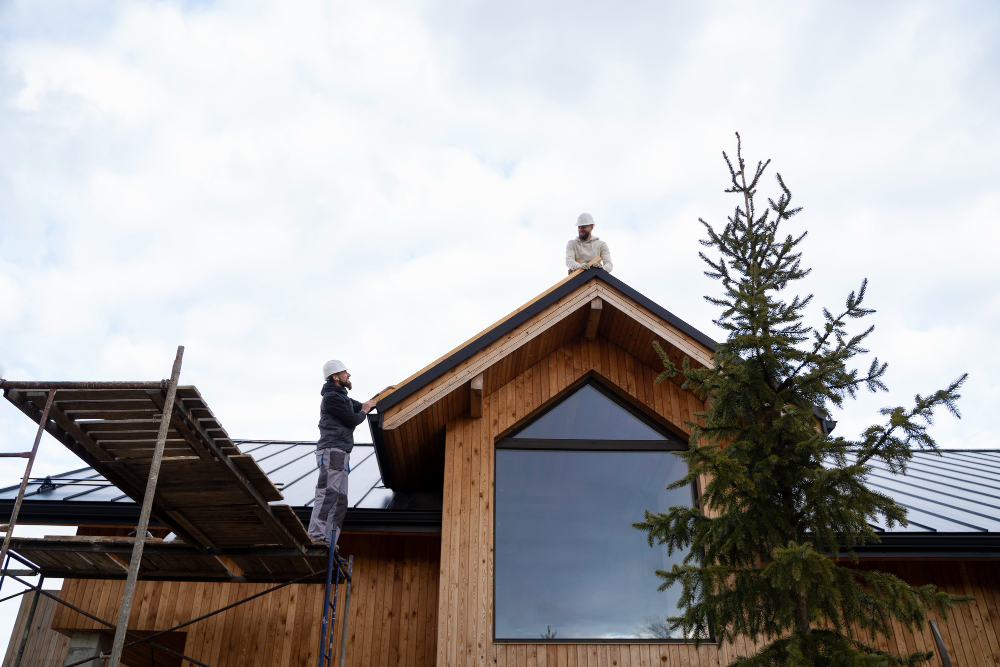
Your building’s roof is a crucial component that shields the whole covered area. It prevents your home & you from various unfavourable weather conditions. The roofs get old & damaged after a few times due to the negative impacts on it. It involves climatic conditions & weather conditions like heavy flow of winds, heavy rainfall or scorching sunlight. All these adverse conditions lead the roof to its bad state which can be solved by the process of Roof Restoration. What time of year is best to replace a roof? And how do you know if it’s time for a Roof Restoration or replacement?
Why You May Need to Replace Your Roof?
Roofs are the part of the building or home that comes into the direct approach of sunlight & heavy rainfall. All these unfavourable weather or climatic conditions lead the roof to generate various kinds of unwanted decaying products. It involves decaying shingles, moss or algae development, and missing asphalt granules. These factors cause harm to your roof which takes the roof to its replacement. To start the procedure of Roof Restoration the inspection is done to know the nature of the roof. The process begins with investigating ceiling lines, stains, sagging, leaks, and water damage.
Best Time for the Roof Restoration
You can have a difference in cost, quality & efficiency when you are choosing the best time to replace a roof. Let’s share the different seasons to select for the Roof Restoration:
- Winter: Winter roof replacement is achievable but not good. Snow, ice, and precipitation make outside labour dangerous. Since shingles may not adhere effectively in freezing temperatures, winter roof work is usually reserved for emergencies.
- Spring: Late spring roof replacements are desirable because early spring brings rain. Because it’s milder and roofing firms are less busy, you may be able to schedule your project at a lower price. Spring is a wonderful opportunity to fix winter problems.
- Summer: Another good period for roof replacement is early summer. Roofers have open schedules due to dry weather. Late summer, when temperatures rise and roofing firms are busy, is harder. Heat can also make asphalt shingle installation harder.
- Fall: The greatest season to replace a roof is fall. A cooler climate, less rain danger, and effective roofing material installation are possible. Although it’s roofing workers’ busiest season, rates and wait times may rise. To schedule a fall Roof Restoration or replacement, book early.
Choosing the Right Roofing Material
There are various factors that are essential for the procedure of Roof Restoration. One of the important factors is the selection of the right & best roofing material. The durability, and longevity of the restoration process are dependable on the materials that are applied to it. For example, these materials make the roof stronger, and waterproof for its long-lasting performance. The right combination of these properties makes synthetic roofing a popular choice. Synthetic roofing mimics slate and wood but is more durable and easier to maintain.
Conclusion
Roof Restoration timing is crucial. Fall and late spring are best for milder weather, although early summer might be fantastic for cheaper pricing. Regularly inspect your roof, and if it’s nearing 20 years old or damaged, consider a Roof Restoration or replacement. Remember that picking the correct roofing material, like synthetic roofing, can maximise the lifespan of your new roof.
